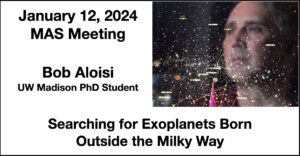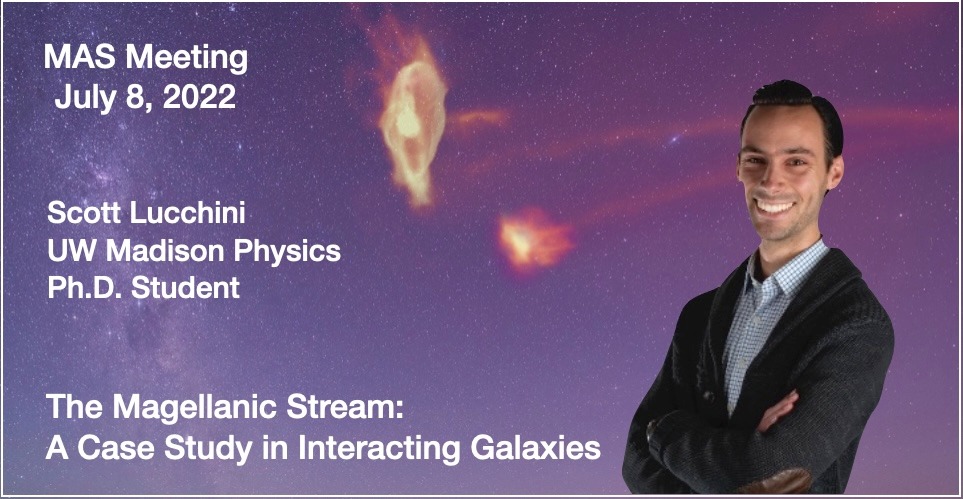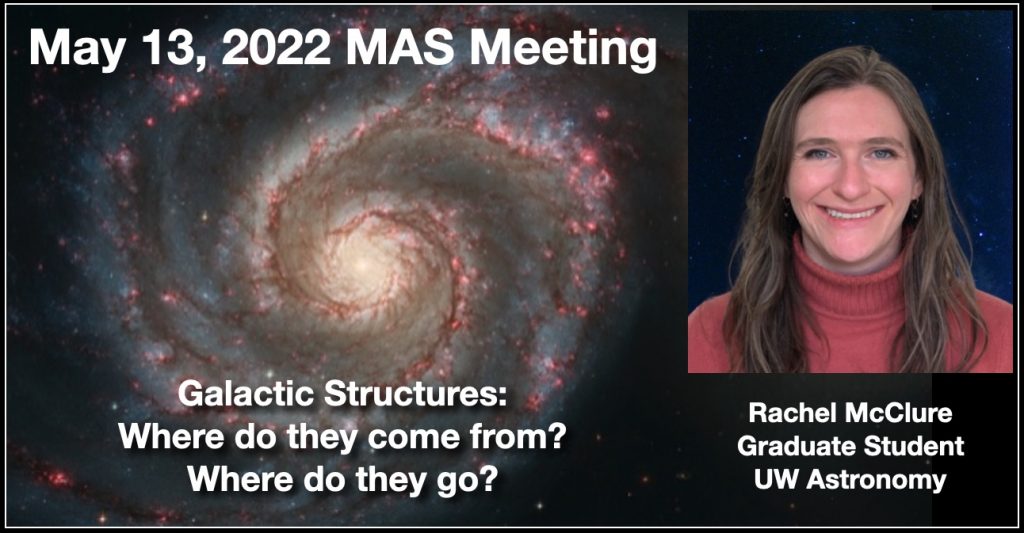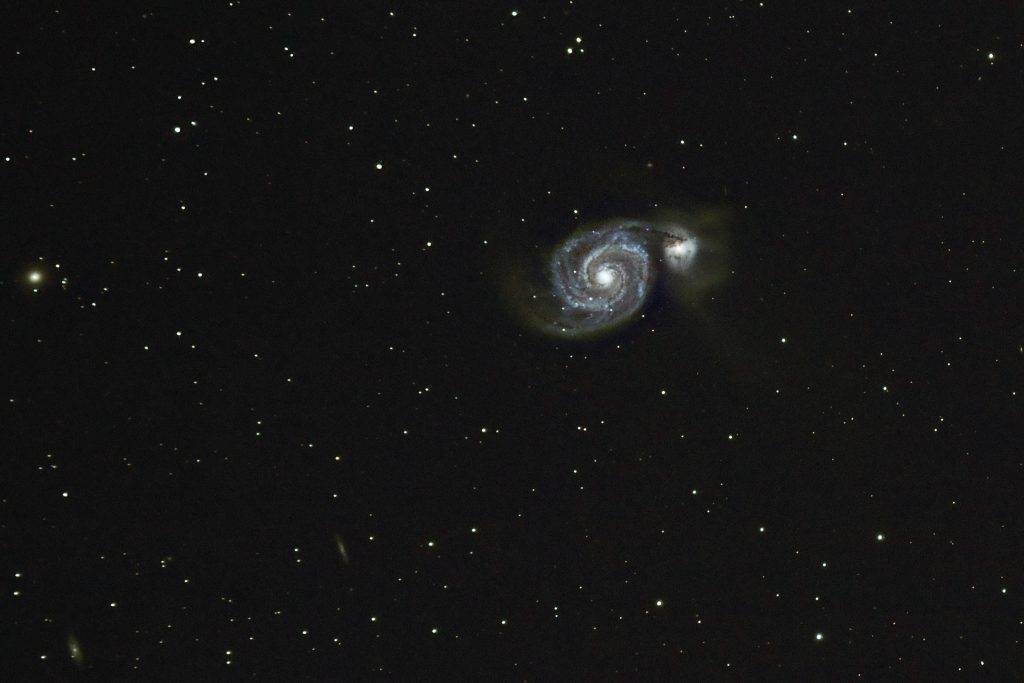Remodeling the Milky Way

Thanks to high precision stellar distances and velocities obtained with the European Space Agency mission Gaia, astronomers are doing all sorts of Milky Way investigations that I personally never imagined would be possible. From identifying the ingredients that first formed the Milky Way, to unscrambling the young clusters around the Sun back to their point(s) of origin 40 million years ago to building highly accurate three-dimensional maps of the interstellar medium, we are in a Golden Age for Galactic astronomers. I will share some of these advances, how they are unravelling our old picture of the Milky Way, and pointing the path to something better.
If you’re interested in some background before the talk, check out the recent article about Bob’s resear...
Read More




